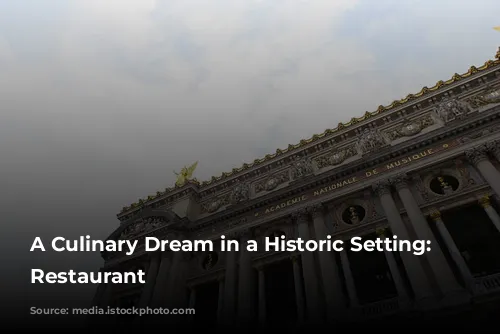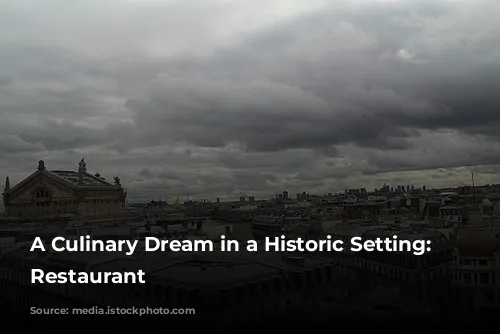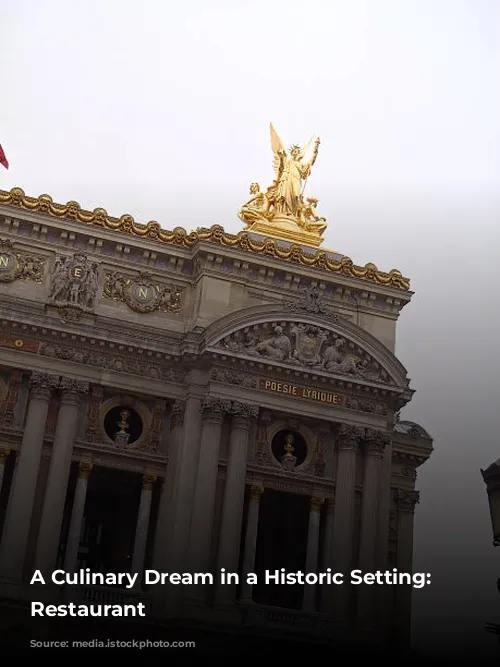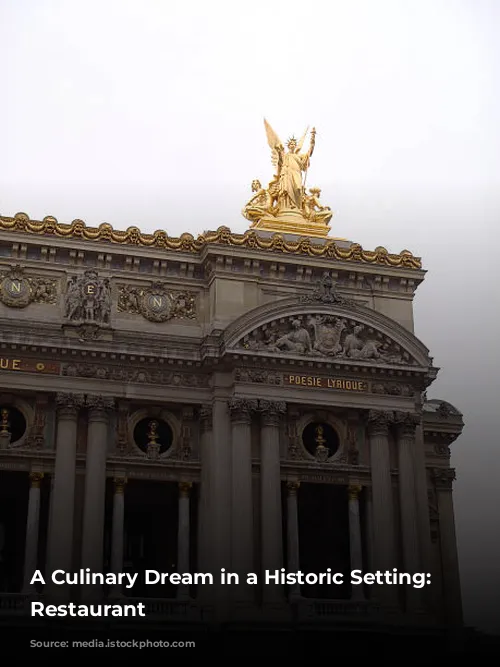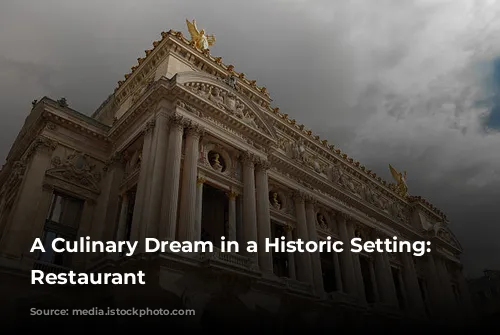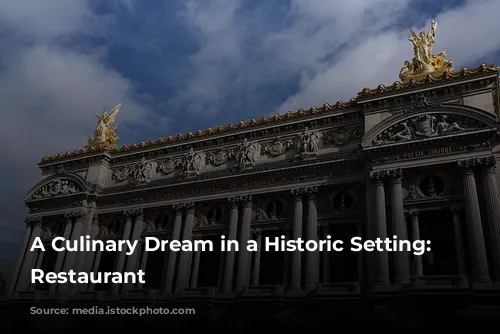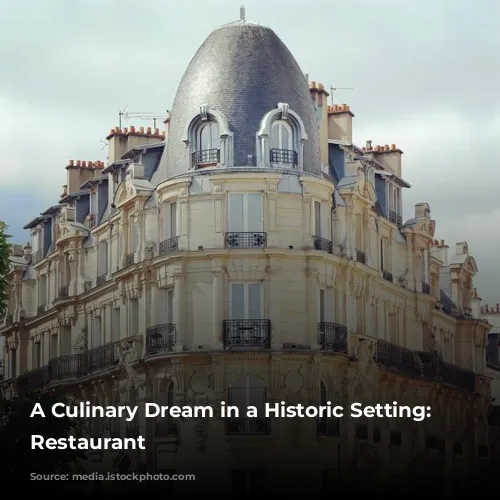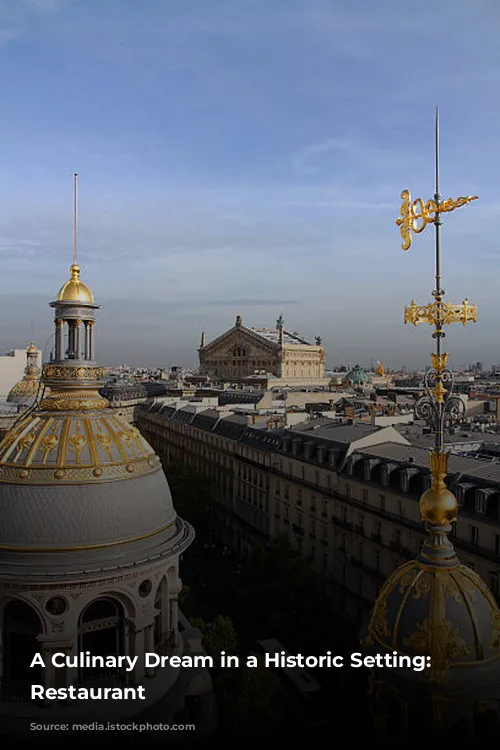L’Opéra Restaurant, a renowned establishment nestled within the iconic Palais Garnier opera house in Paris, has left its mark on the city’s culinary scene. This article delves into the fascinating history of this restaurant, its unique design, and its legacy.

A Culinary Journey Through Time
L’Opéra Restaurant was born from a long-held vision to create a dining experience within the opera house’s magnificent walls. The idea, envisioned by architect Charles Garnier during the initial design of the opera house, faced obstacles due to financial constraints. Despite numerous attempts to bring the vision to life, including efforts by composer Rolf Liebermann and businessman Pierre Bergé, the restaurant remained a dream.
It was director Gérard Mortier, driven by the desire to expand the opera house’s appeal, who finally brought the concept to fruition. He initiated a competitive bidding process in 2007, resulting in the selection of Pierre François Blanc’s proposal. The National Commission of Historic Monuments granted the restaurant a 20-year lease, marking a significant milestone in the project’s development.
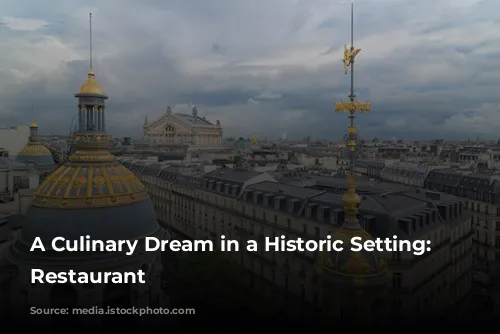
A Architectural Masterpiece
The restaurant’s design journey was a testament to the challenges of blending modernity with heritage. The initial architectural plan was rejected by the Ministry of Culture, prompting a redesign by renowned architect Odile Decq. Decq’s design seamlessly integrated the restaurant within the historic building, ensuring a respectful approach to the opera house’s architectural legacy. The restaurant was meticulously crafted to blend into the existing structure, minimizing alterations and avoiding any contact with original walls, pillars, or stone elements.
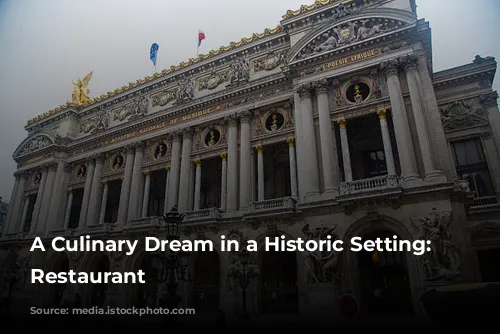
A Culinary Experience with a Twist
L’Opéra Restaurant opened its doors in the summer of 2011, offering a delectable blend of traditional French and Asian-inspired cuisine. The menu, initially curated by Christophe Aribert, was later reimagined by head chefs Yann Tanneau, Stéphane Bidi, and Chihiro Yamazaki, each adding their distinct culinary flair. The restaurant’s emphasis on fresh, high-quality ingredients contributed to its popularity.
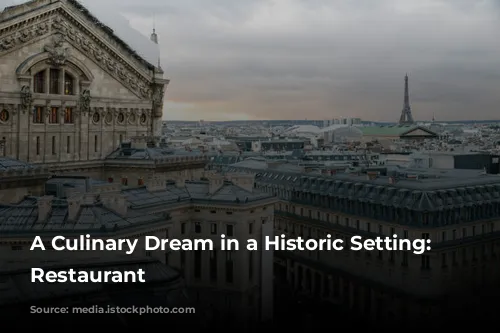
A Modern Oasis in a Historic Setting
The restaurant’s interior design, also by Odile Decq, presented a striking contrast between the traditional grandeur of the opera house and contemporary elegance. The restaurant’s central feature was a white, undulating hull, a stark contrast to the red upholstery and carpet, which reflected the vibrancy of the opera’s world. The design, inspired by the “phantom” of the opera, embodied a sense of mystery and intrigue, adding another layer to the restaurant’s allure.
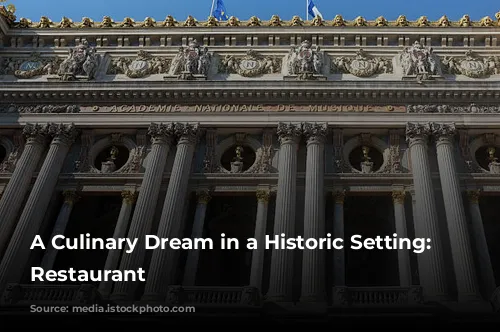
A Farewell to L’Opéra
Despite its popularity and unique charm, L’Opéra Restaurant closed its doors in 2019. The restaurant was replaced by CoCo, a new venture owned by the hospitality company Paris Society. While L’Opéra Restaurant may no longer exist, its legacy as a testament to the harmonious integration of contemporary design and historical heritage remains. The restaurant stands as a reminder of the enduring power of culinary innovation and the enduring allure of the opera house’s architectural marvel.
